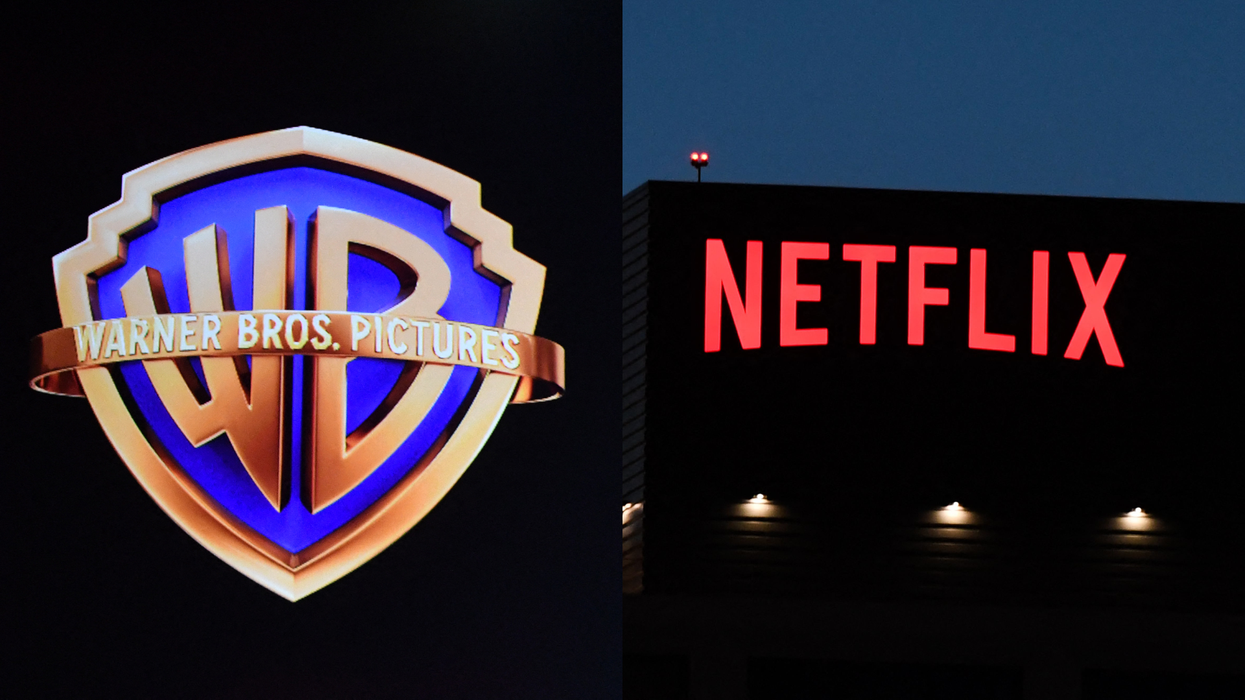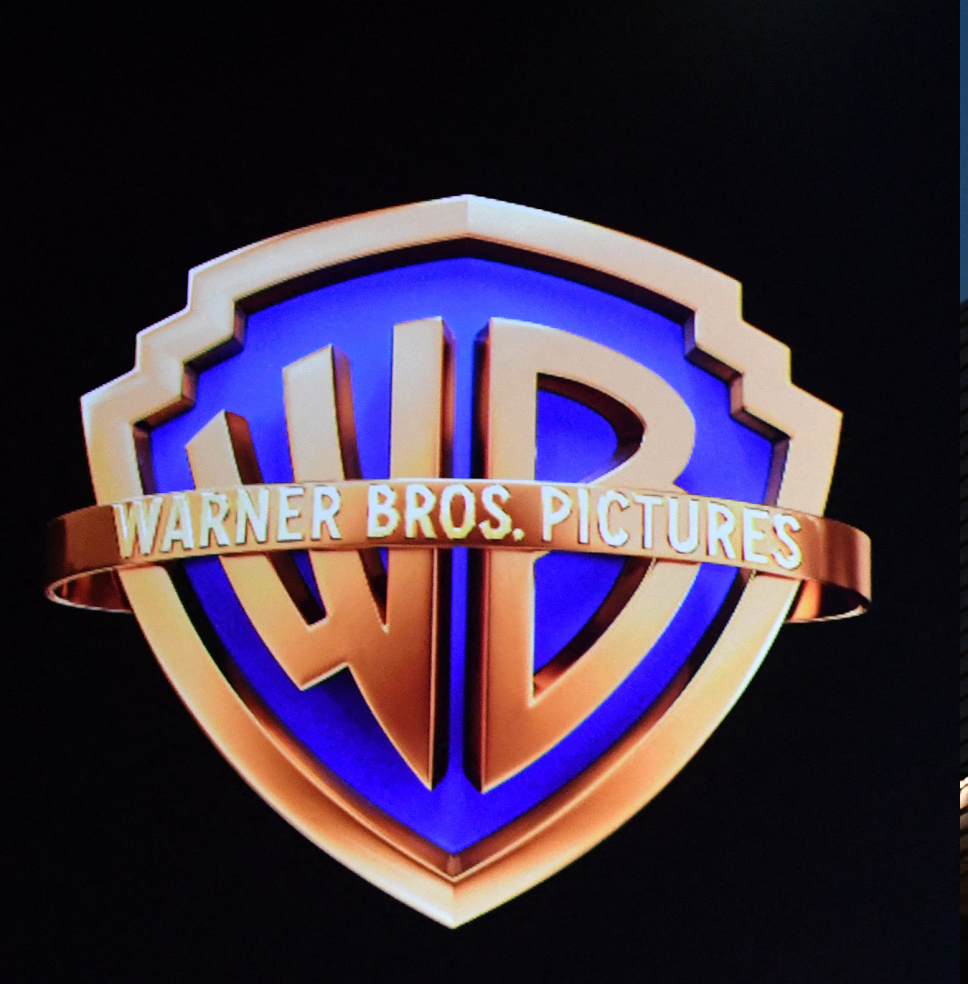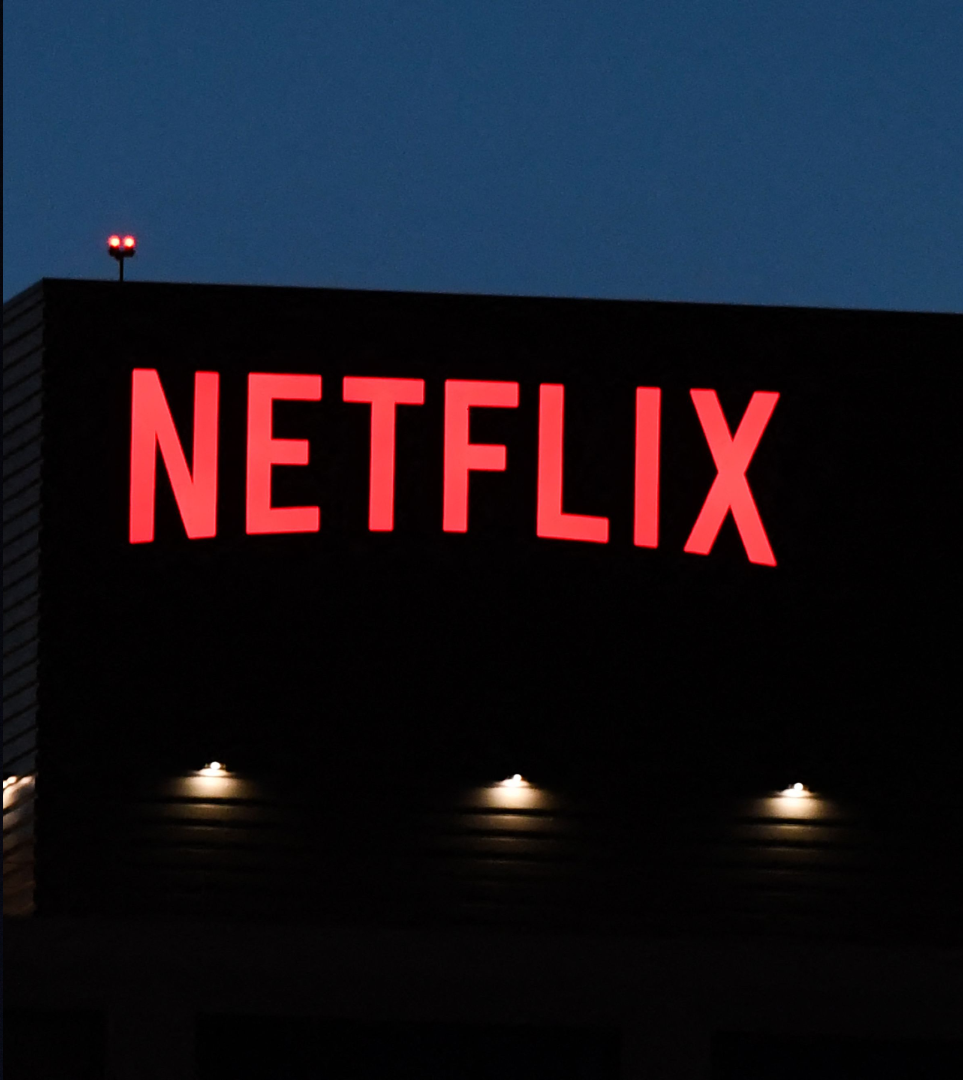Promoting her new offering Race 3, the irresistibly beautiful actress Jacqueline Fernandez reveals why it’s of utmost importance to be extremely clear about your character in a franchise like Race to be able to look convincing to the audience. The actress is about to complete a decade in the industry, but her confidence shows she has pretty much understood the game and its risks and perks. In this cosy chat, the actress tells our correspondent about her preparations she did to pull off her role in the movie, her journey over the years and the great Bollywood director she is dying to work with. Excerpts...
After Race 2 (2013), you play a pivotal role in Race 3 too. What was your preparation like for the latest instalment of the successful series?
Doing action films is not my forte, but I understand this brand, I understand this cinema, I understand this genre because I was there in Race 2. I had to train a lot to get into the skin of my character. I had to understand what my character is doing. I did a lot of workshops. I had a lot of discussions with Remo and Salman because if you are not clear about your character in a film like Race, it’s really difficult to be convincing to your audience. So, we had to be really really careful about how each character was portrayed. I learnt a little bit of action also.
We saw you perform some high octane action sequences in Race 2. What kind of action is going to be there in Race 3?
This time, the action is very different from what you saw in Race 2. In Race 2, it was more of choreography; it was glamorised. But in Race 3, the action is a lot more handheld. I believe, no one would have seen a girl doing handheld action in any film before. It has always been like very soft and delicate. In Race 3, what I actually like is that action has become very raw. Even for girls, it has become more raw and real. So, to learn that, I had to do a little bit of training because that’s not easy.
Did you use any body-double or you performed all action sequences on your own?
We have used no body doubles. We have done all the action because it was shot too close to have a body double. Having said that, there were body-doubles to check things before the scenes were shot. But during the shot, there was no body-double. We had to do everything on our own.
Race (2008) and Race 2 was helmed by Abbas-Mustan whereas Race 3 has been directed by Remo D’souza? How are they different as directors?
They are completely different. Abbas-Mustan have done many thrillers like Race. Thriller is in their entire blood. It’s there in their genes. For Remo, it’s a very different type of cinema. He is used to his dance films. We tried to do something different in A Flying Jatt (2016) though. In terms of stylizing and attitude and stuff, Remo is the perfect choice to continue the brand forward because he understands style. But I do know that he did work really hard in this genre because it’s new for him. For anything that’s new to someone, one needs to put in a lot more efforts. He is one of the coolest directors I have ever worked with.
Jacqueline, you are about to complete a decade in Hindi cinema. How do you see your journey over the years?
My growth in Bollywood has been slow but steady. I am taking my little time. I know a lot more is yet to be done. A lot more is yet to be achieved. There were days where I had no films. I was not signing anything. I was not doing anything. I just wanted to wake up and work every day. Having this job (acting) to go to is a blessing for anyone.
There is still a lot I want to do. There are a lot of directors I want to work with. There are a lot of characters I want to play. There is a lot that I want to accomplish. But I know these things take time. I know they come to you when you are most deserving of it. So, till the time I feel I am deserving, I don’t feel right even doing stuff like that. So yeah, I am very patient that way (laughs).
Who all are the directors on your wishlist?
(Sanjay Leela) Bhansali. I am dying to work with him.
Any particular reason that you want to work with him?
The reason is that the first Hindi film that I saw was Devdas. This was in 2002, I clearly remember. And honestly speaking, at that point of time, I had no plans of coming to India and become an actress. I was watching Cannes Film Festivals’ telecast on TV where almost everyone was talking about this film Devdas. I was like, ‘What’s this?’ Then I got a DVD and watched the film. It was such an unbelievably incredible film. I was mesmerized by its costumes and scale. After Devads, I watched Asoka (2001) because of Shah Rukh and Kareena. They were so cool and so nice in the movie. Right after Asoka, I watched Black (2005), which was again a Sanjay Leela Bhansali directorial. After watching Devdas and Black, I was like, ‘What an amazing guy; he is making such amazing films!’ He still makes amazing films. He is a dream director. He is bigger than everything.
Have you ever told Sanjay Leela Bhansali that you want to work with him?
Yes, many times. Just recently at Sonam’s wedding, I told him I want to work with him (laughs).
Are there any plans for marriage?
No, I don’t even have a boyfriend. Who should I get married to then?
You are learning Kathak these days. Are you enjoying it?
I love Kathak. For me, it’s a major stress buster. I just love it. I don’t get a lot of free time to go and attend classes, but whenever I have some time, I make it a point to go and learn. I do one or two classes with my Guru and then come back and workout for some time. It is one of my favourite experiences.
Why did you opt for Kathak only, there are many other dance forms that you could have learnt?
Other dance forms, I know. I know hip-hop, I know pole dancing and many more forms of dance. But I did not know Kathak or any other Indian classical dance form. I like learning new things, so I picked Kathak.
Race 3 is running successfully in cinemas near you.




 Netflix’s takeover of Warner Bros gives the streamer full control of HBO and its landmark show Getty Images
Netflix’s takeover of Warner Bros gives the streamer full control of HBO and its landmark show Getty Images  Netflix\u2019s takeover of Warner Bros gives the streamer full control of HBO and its landmark show Getty Images
Netflix\u2019s takeover of Warner Bros gives the streamer full control of HBO and its landmark show Getty Images  HBO MaxHBO Max Partners
HBO MaxHBO Max Partners  Netflix now owns HBO’s entire library including major series and long-running global titlesiStock
Netflix now owns HBO’s entire library including major series and long-running global titlesiStock






